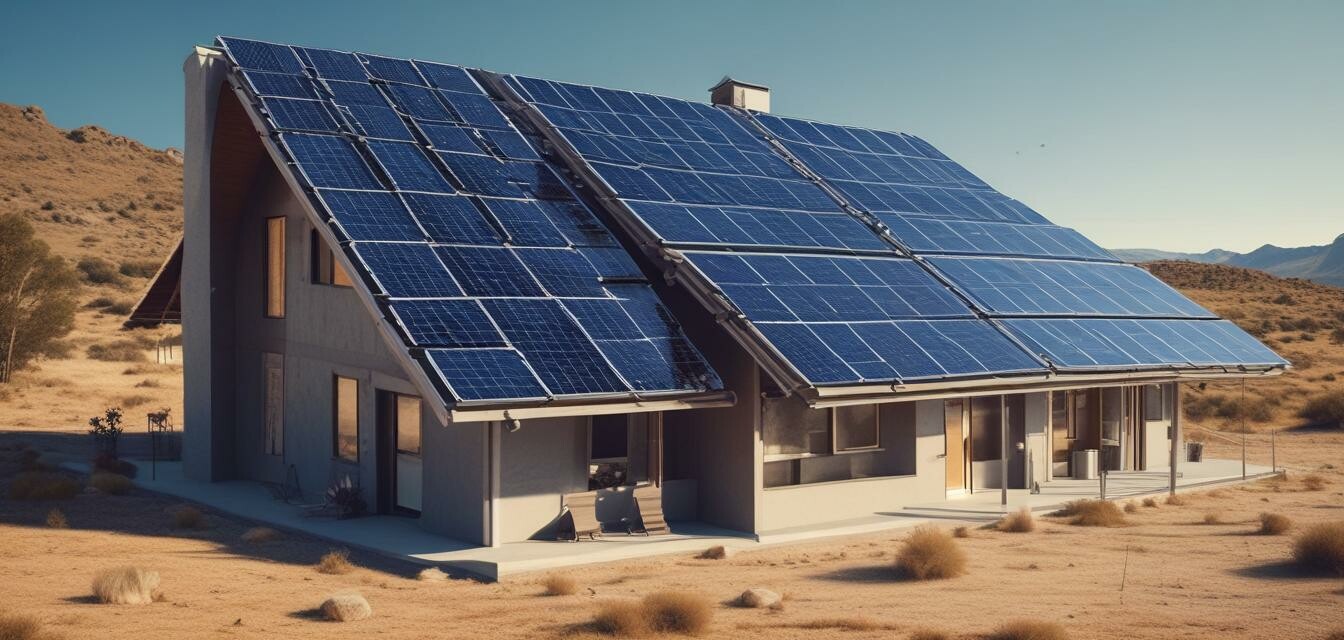
Upgrading Your Off-Grid System: Adding a New Inverter
Key Takeaways
- Integrating a new inverter can enhance energy efficiency in your off-grid system.
- Choosing the right inverter depends on your specific power needs and existing setup.
- Proper installation and configuration are crucial for optimal performance.
- Regular maintenance will ensure longevity and reliability of your inverter.
Are you looking to boost the energy management of your off-grid solar system? Integrating a new inverter can not only improve your overall energy efficiency but also provide better control over your power generation and consumption. This guide is designed to help you navigate through the process of adding a new inverter to your existing setup.
Why Upgrade Your Inverter?
Your inverter is the heart of your solar power system, converting DC power generated by solar panels into AC power used by most household appliances. Here are a few reasons why upgrading your inverter is a smart move:
- Improved Efficiency: A newer inverter can convert more power, maximizing the energy harvested from your solar panels.
- Enhanced Features: Modern inverters come with advanced monitoring and control features that allow you to manage your energy use effectively.
- Support For Larger Loads: If your energy needs have increased, a more powerful inverter can accommodate additional appliances and devices.
Choosing the Right Inverter
Selecting the appropriate inverter for your system is critical. Here’s what to consider:
- Power Rating: Ensure the inverter can handle your maximum load. Calculate your total wattage needs before making a selection.
- Type: Decide between pure sine wave inverters for sensitive electronics or modified sine wave inverters for general use.
- Features: Look for inverters with built-in charge controllers, remote monitoring capabilities, and support for parallel connections for scalability.
Step-by-Step Guide to Integrating a New Inverter
Follow these steps to upgrade your off-grid system effectively:
1. Assess Your Current Setup
Before replacing your inverter, evaluate your existing system to understand its components and power requirements. Check your solar panel output, battery bank size, and load usage.
2. Choose the Right Inverter
Based on your assessment, select an inverter that meets your needs. A recommended option is the SUNGOLDPOWER 10000W DC 48V Solar Inverter, which supports parallel connections and has built-in MPPT solar controllers.
SUNGOLDPOWER 10000W DC 48V Solar Inverter
This inverter features a pure sine wave output, built-in solar charge controllers, and high efficiency for off-grid power.
Learn More3. Disconnect the Old Inverter
Safety first! Before beginning, turn off all power sources and disconnect the existing inverter from the battery bank and solar panels carefully.
4. Install the New Inverter
Follow the manufacturer's instructions for installation. Ensure the inverter is mounted in a cool, dry area and securely connected to the battery bank and solar panels.
5. Configure Settings
Set the inverter according to your preferences, including charging modes and output settings. Many modern inverters come with smartphone apps for easy management.
6. Test the System
Once everything is connected and configured, conduct a test run to ensure the inverter operates correctly. Monitor voltage levels, charging status, and load performance.
Maintenance Tips for Your New Inverter
To keep your inverter running smoothly, consider these maintenance tips:
- Regularly check connections for corrosion or wear.
- Keep the inverter clean and dust-free for optimal airflow.
- Monitor the system frequently using app features if available.
- Update firmware and software as necessary for enhanced performance.
Conclusion
Upgrading your inverter is an excellent step towards improving the efficiency of your off-grid solar system. By carefully choosing the right inverter, following proper installation procedures, and maintaining it regularly, you can harness the full potential of your solar energy system for a sustainable and independent power supply.
Tips For Beginners
- Start with a comprehensive assessment of your current setups, such as solar panels and battery types.
- Consult user manuals and online resources for installation guides before starting.
- Join online forums or local groups with off-grid enthusiasts for support and advice.
- Consider local regulations and safety standards when upgrading your systems.
Want to Learn More?
Explore our resources for detailed guidance on off-grid systems:




